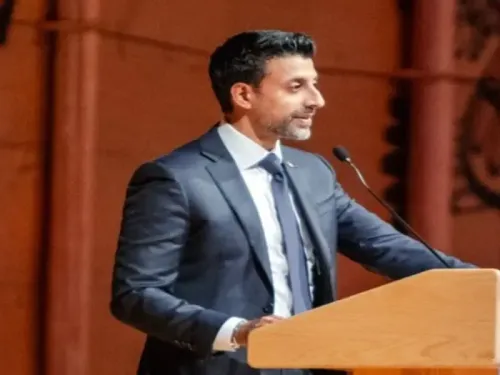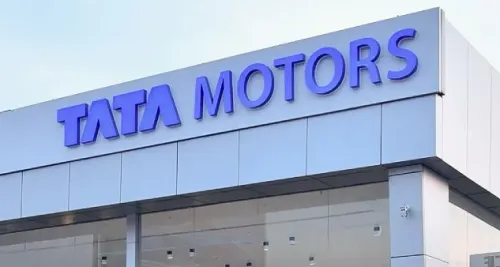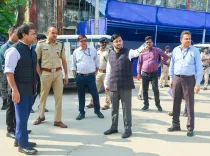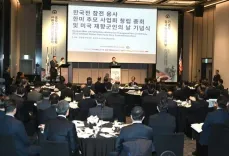Is Adani Cement Leading the Charge in Decarbonisation with Coolbrook's Innovative Technology?
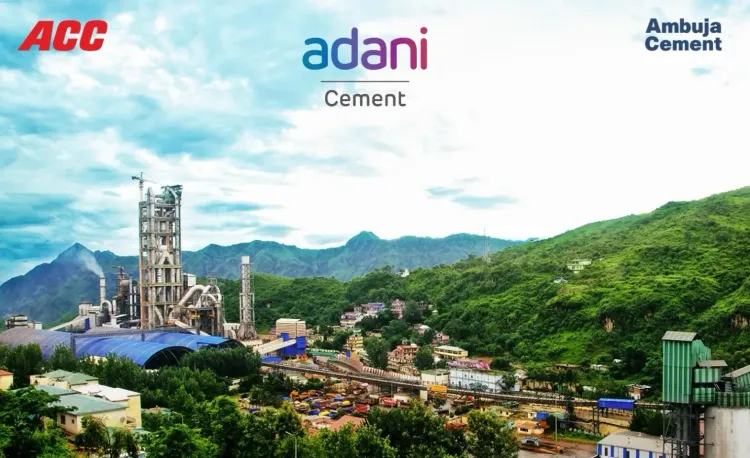
Synopsis
Key Takeaways
- First commercial deployment of RotoDynamic Heater technology.
- Targets 60,000 tonnes reduction in carbon emissions annually.
- Supports Adani Cement's net-zero emissions by 2050 goal.
- Utilizes renewable energy for emissions-free heat generation.
- Potential for more projects within the next two years.
Ahmedabad, Nov 12 (NationPress) Adani Cement has partnered with Finnish firm Coolbrook to introduce the world’s first commercial ‘RotoDynamic Heater’ at the Boyareddypalli Integrated Cement Plant located in Andhra Pradesh. This groundbreaking initiative marks the inaugural industrial-scale application of Coolbrook’s RDH technology, propelling Adani Cement's commitment to achieve net-zero emissions by 2050, a goal validated by the SBTi, alongside Coolbrook’s ambition to reduce 2.4 billion tonnes of carbon dioxide from heavy industries worldwide annually.
The implementation of this technology is projected to directly cut down carbon emissions by 60,000 tonnes each year, with the potential for a tenfold increase in the future, representing a significant milestone in the decarbonisation of cement production.
“The launch of the world’s first commercial Coolbrook RotoDynamic Heater within our operations signifies a crucial breakthrough in our journey towards decarbonisation. This is a substantial advancement towards fulfilling our net-zero objectives,” stated Vinod Bahety, CEO of the Cement Business at Adani Group.
Importantly, the RDH system will be entirely powered by Adani Cement’s vast renewable energy resources, ensuring that the heat generated is completely free from emissions.
“By adopting this state-of-the-art electrification technology in our cement manufacturing process, we are expediting the transition from fossil fuels, significantly reducing emissions, optimizing clean energy use, and establishing a new benchmark for low-carbon cement production,” he added.
This innovative technology targets the calcination phase, which is the most energy-intensive step in cement production. By providing clean heat to dry and enhance the energy content of alternative fuels, it allows for a much higher replacement of fossil fuels with sustainable options.
“Launching the first industrial-scale project globally with Adani Cement signifies a transformative milestone for industrial electrification in one of the world’s key cement markets,” remarked Joonas Rauramo, CEO of Coolbrook.
“Our goal is to establish RotoDynamic Technology as the new standard for decarbonising challenging sectors. Together, we are revolutionizing cement production — making it cleaner, more efficient, and geared towards a net-zero future,” Rauramo added.
This deployment showcases the practical viability of clean, electrified industrial heating powered entirely by renewables, positioning Adani Cement to lead India’s rise as the global hub for clean cement manufacturing.
Both Coolbrook and Adani Cement have identified numerous follow-up opportunities to implement RotoDynamic Technology across Adani Cement’s operations, with an ambition to initiate at least five additional projects within the next two years.
As the ninth-largest cement producer in the world, Adani Cement boasts an installed capacity of 107 MTPA and contributes nearly 30 percent of the cement utilized in India’s housing and infrastructure initiatives.



